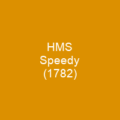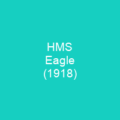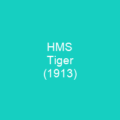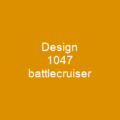HMS Queen Mary: A Glimpse into Naval History
Imagine a ship that could change the course of history, a vessel built with the hopes and dreams of an entire nation. HMS Queen Mary, the last battlecruiser constructed by the Royal Navy before World War I, was such a ship. Completed in 1913, she was not just a warship but a symbol of British naval might.
But what made HMS Queen Mary unique? Wasn’t she just another battlecruiser like her predecessors? Not quite. She differed from the Lion-class battlecruisers in several ways—her secondary armament, armor distribution, officers’ quarters location, and even her sternwalk design. These differences made her a standout among her peers.
Design Features and Armament
At 700 feet long, HMS Queen Mary was a behemoth on the water. Her displacement varied between 26,770 to 31,650 tons, making her one of the largest ships of her time. With a crew of 997 officers and ratings in peacetime, she could swell to 1,275 during wartime.
Her armament was impressive too. Eight BL 13.5-inch guns were mounted in four twin hydraulically powered turrets, capable of firing 1,400-pound projectiles with a maximum range of 23,740 yards. But it wasn’t just the main armament that made her formidable; she also had sixteen BL 4-inch Mk VII guns in casemates on the forecastle deck.
However, one feature set her apart: she was the first battlecruiser to mount a sternwalk. This innovative design allowed for better maneuverability and control during high-speed operations—a true testament to naval engineering at its finest.
Battles and Legacy
The HMS Queen Mary saw action in several key battles, including the Battle of Heligoland Bight in 1914. In this engagement, she played a crucial role in sinking the German light cruiser SMS Cöln. But her most famous battle was undoubtedly the Battle of Jutland, where she met her end.
During the Battle of Jutland on May 31, 1916, HMS Queen Mary was hit twice by Derfflinger. The first shell struck near the foremast, causing a large explosion and asphyxiating some crew members. The second shell likely struck the ‘Q’ turret, leading to further explosions that caused the ship to roll over and sink.
The HMS Queen Mary was not just lost; she became part of history. Her wreck was discovered in 1991 and now rests on the North Sea floor as a protected place under the Protection of Military Remains Act 1986, serving as a reminder of the sacrifices made during World War I.

From her design features to her battles, HMS Queen Mary stands as a testament to the ingenuity and bravery of those who served on her. She may be gone, but her legacy lives on, reminding us of the importance of remembering our history.
In conclusion, HMS Queen Mary was more than just a ship; she was a symbol of British naval power during World War I. Her unique design and participation in key battles make her an important part of naval history. As we look back on her story, let us remember the sacrifices made by those who served aboard her.
You want to know more about HMS Queen Mary?
This page is based on the article HMS Queen Mary published in Wikipedia (retrieved on November 29, 2024) and was automatically summarized using artificial intelligence.







